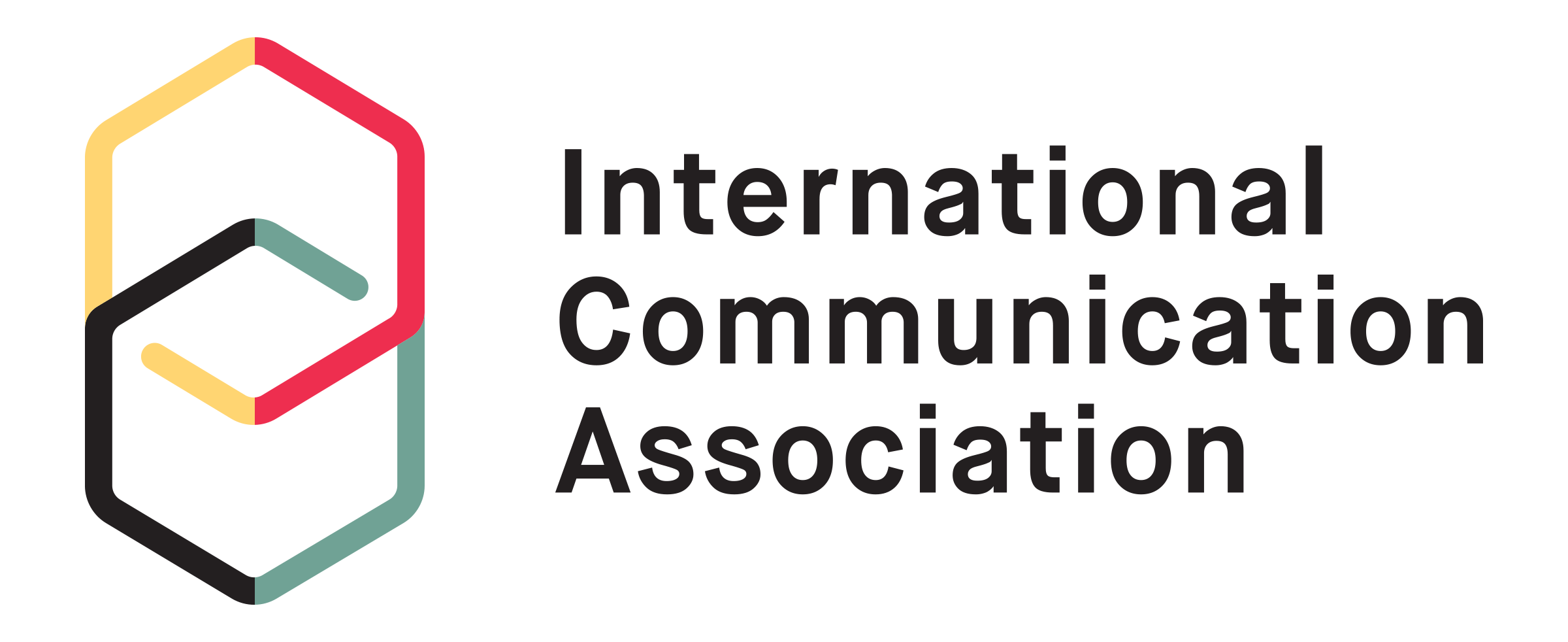
At Futurety, we are honored to share a wide array of diverse experiences with our colleagues, including professional development, achievements, and passions outside of the office. When my colleague Elise approached me to write about my Master’s Thesis at The Ohio State University for May’s blog feature, I gladly accepted and am pleased to share a synopsis of this thesis.
This Master’s Thesis was chosen as a Finalist of the Amanda L. Kundrat Thesis Award awarded jointly by the National Communication Association and International Communication Association.
Title: Media Use and Willingness to Engage in Activism Against Sexual Harassment: An Application of the Societal Risk Reduction Motivation Model
As a chronic environmental stressor, workplace sexual harassment adversely impacts public health in the U.S. and across the world. The recent #MeToo movement illustrates that social media are increasingly used as channels of risk information and platforms for activism. This study sought to examine how and why people engage in grassroots, online activism to address collective risks. An Amazon MTurk survey of 277 respondents was conducted to examine womens’ perceptions of, and activism in response to, the risk issue of workplace sexual harassment. This issue was examined through the lens of the Societal Risk Reduction Motivation Model (or SRRM; Cho & Kuang, 2015), which suggests that the mass media influence our perceptions of societal risks. In turn, our emotional involvement with those issues and our sense that we can create positive change influence how we choose to address those risks.
This study found that Facebook and Twitter use predicted womens’ perceptions that sexual harassment was a significant societal risk issue, which then predicted their intention to engage in online activism (such as sharing #MeToo stories). This intention was strengthened by respondents’ empathy for those affected by workplace sexual harassment, their morals and values surrounding the issue of sexual harassment, and the emotional responses of anger and fear. Furthermore, womens’ intention to engage in online activism predicted their intention to engage in offline activism, which contradicts common assumptions about the negative effects of online “slacktivism” (Gladwell, 2010). Overall, this study expanded the theoretical boundaries of the SRRM by incorporating social media’s influences on societal risk perceptions and demonstrated that online activism is an influential way to address societal risk issues.
References
- Cho, H., & Kuang, K. (2015). The societal risk reduction motivation model. In Cho, H., Reimer, T., & McComas, K.A. (Eds.), The SAGE Handbook of Risk Communication, (pp. 117-132). Los Angeles: SAGE Publications
- Ltd.Gladwell, M. (2010, September 27). Small change: Why the revolution will not be tweeted. The New Yorker. Retrieved from https://www.newyorker.com/magazine/2010/10/04/small-change-malcolm-gladwell

